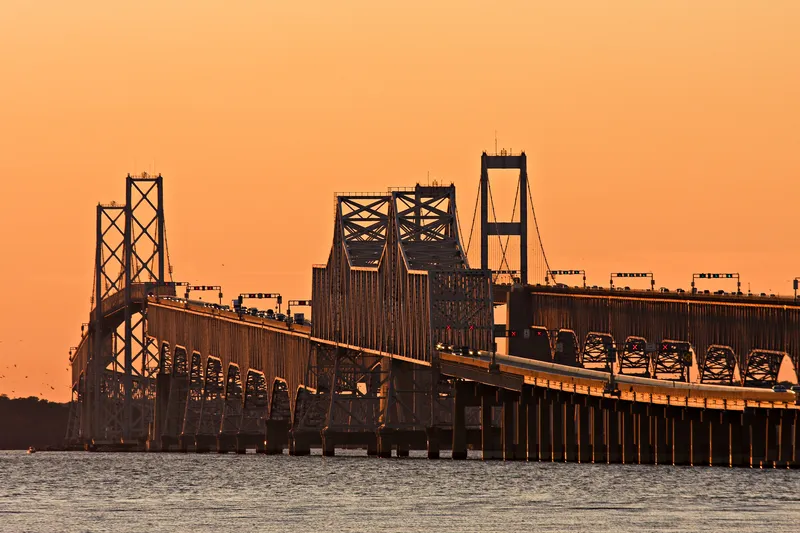Bridge condition is a serious concern in the US, according to a new report from
The Brooklyn (NY), Arlington Memorial (Washington, DC-Va), Pensacola (Fla), San Mateo-Hayward (Calif) and Vicksburg (Miss) bridges are among notables on the list. The average age of a structurally deficient bridge is 62 years, compared to 40 years for non-deficient bridges, while 235,000 (38%) of US bridges need repair, replacement or major rehabilitation. Meanwhile 18,842 (1 out of every 3) Interstate highway bridges have identifiable repair needs.
The length of America’s structurally deficient bridges if placed end-to-end would span nearly 1,760km, a new examination of federal government data shows.
The analysis of the recently-released
Although the number of structurally deficient bridges is down slightly compared to 2017, the pace of improvement has slowed to the lowest point since ARTBA began compiling this report five years ago.
“Sadly, this report is no April Fool’s joke. At the current pace, it would take more than 80 years to replace or repair the nation’s structurally deficient bridges. That’s longer than the average life expectancy of a person living in the US,” said Dr Alison Premo Black, the ARTBA chief economist who conducted the analysis. “America’s bridge network is outdated, underfunded and in urgent need of moderniSation. State and local government just haven’t been given the necessary resources to get the job done.”
The report comes in the backdrop of ongoing discussions between Congress and the Trump administration about how to address the nation’s transportation infrastructure challenges.
“The best way to ‘bridge’ the infrastructure investment gap is for Congress and Trump administration to provide a permanent revenue solution for the federal Highway Trust Fund,” ARTBA President Dave Bauer said.
The Highway Trust Fund (HTF) is the source, on average, of more than 50% of highway and bridge capital investments made annually by state transportation departments. The HTF is facing major financial difficulties. Absent congressional action, states could see a 40 percent cut in federal investment beginning in 2021.
Since the 2016 election, leaders on both sides of the aisle have regularly cited upgrading America’s infrastructure as an area for common ground,” Bauer adds. “This report makes clear that it’s about time Congress and the Trump administration stop talking and start solving this national problem.”
Including structurally deficient bridges, there are nearly 235,000 bridges—or about 38%—in need of some sort of structural repair, rehabilitation or replacement, according to ARTBA’s analysis of the NBI data. The association estimates the cost to make the identified repairs is nearly $171 billion.
Black notes the
Two measures FHWA previously used to classify bridges as structurally deficient are no longer used. This includes bridges where the overall structural evaluation was rated in poor or worse condition, or where the adequacy of waterway openings was insufficient. The new definition limits the classification to bridges where one of the key structural elements—the deck, superstructure, substructure or culverts—are rated in poor or worse condition.
States with the largest number of structurally deficient bridges are: Iowa (4,675 bridges); Pennsylvania (3,770); Oklahoma (2,540); Illinois (2,273); Missouri (2,116); North Carolina (1,871); California (1,812); New York (1,757); Louisiana (1,678); and Mississippi (1,603).
Those with the most structurally deficient bridges as a percent of their total bridge inventory are: Rhode Island (23%); West Virginia (19.8%); Iowa (19.3%); South Dakota (16.7%); Pennsylvania (16.5%); Maine (13.1%); Louisiana (13%), Puerto Rico (11.7%), Oklahoma (10.9%) and North Dakota (10.7%).
State—and congressional district—specific information from the analysis—including rankings and the locations of the 250 most heavily travelled structurally deficient bridges in the nation and top 25 most heavily traveled in each state—is available at <%$Linker:






